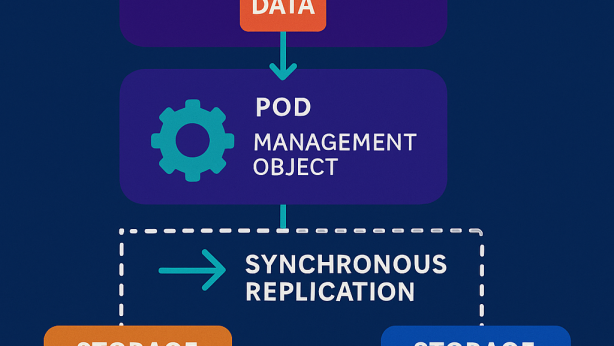Initial Control Frame Design With Per-User Frame Check Sequence
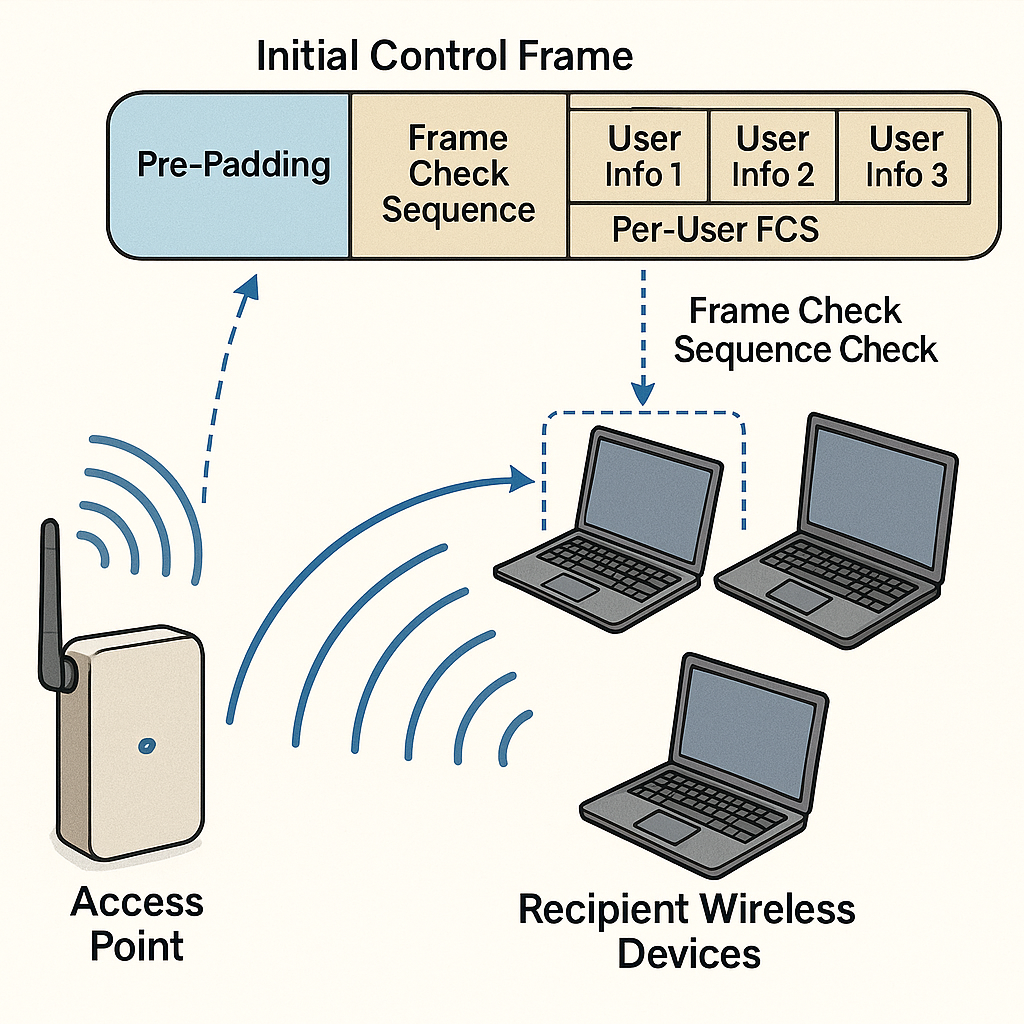
Invented by Zhang; Yan, Mehrnoush; Morteza, Lan; Zhou, Batra; Anuj
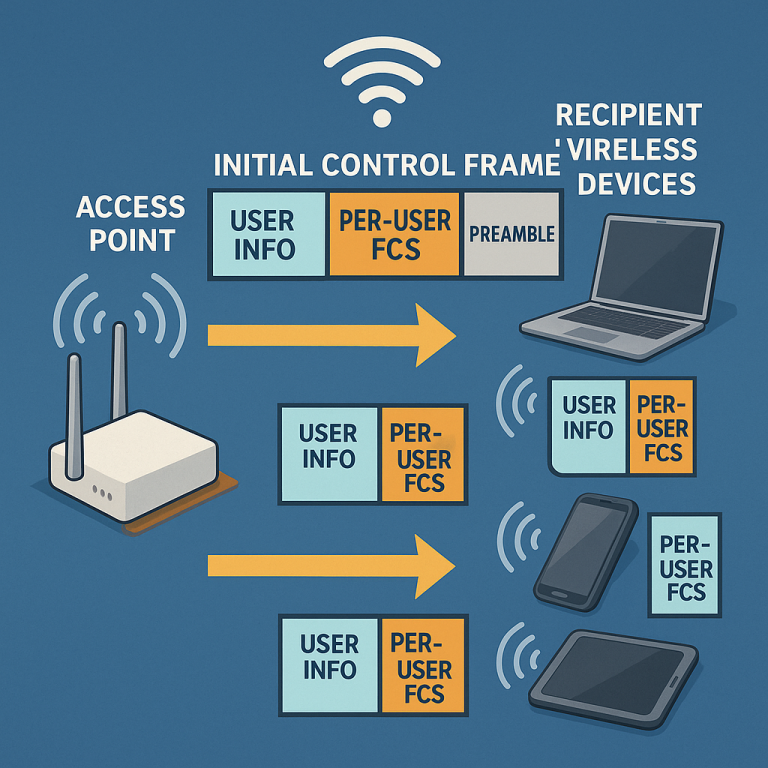
Wireless networks are everywhere and always growing. Every day, more devices connect, from phones and tablets to watches, cars, and even drones. Wi-Fi is the backbone that keeps all these devices talking to each other. But as more gadgets crowd the airwaves, and as new features and standards arrive, making sure every message gets through correctly and quickly gets harder and harder. This article looks deeply at a new patent idea: an initial control frame design with per-user frame check sequences. This simple but smart change could help make Wi-Fi faster, more reliable, and ready for the future.
Background and Market Context
Wi-Fi has become vital to daily life. People expect their phones, laptops, TVs, and even cars to be online all the time. In homes, offices, cafes, hospitals, and airports, Wi-Fi is everywhere. Every year, more devices want to connect, and each device may have different needs. Some need to move lots of data. Some need to save battery. Some need to switch channels or change how they communicate, depending on what is happening. All these needs have to be balanced.
The Wi-Fi world is not just growing in size but also in complexity. Different generations of Wi-Fi, like Wi-Fi 6, Wi-Fi 7, and soon Wi-Fi 8, all live together in the same space. Some devices are brand new and support the latest speeds and features. Others are older, slower, or support fewer channels. Some need to switch channels very fast to keep up with changing conditions. Others, like smart watches or sensors, need to use as little battery as possible and may “sleep” to save energy.
Access points (APs), which act as Wi-Fi hubs, have to manage all these devices at once. They must send out messages to control what each device does, when it can use the channel, and how it should behave. These messages are called control frames. Sending control frames to many devices at once can get tricky, especially when some devices need to start acting on the message right away, while others can wait.
Market needs are clear: faster Wi-Fi, less power use, and better support for many kinds of devices, all at the same time. As Wi-Fi grows, every little improvement in how messages are sent and checked can make a big difference. Companies and inventors are always searching for ways to make communication smoother, more reliable, and more efficient for every user, no matter how many there are or what kind of device they use.

Scientific Rationale and Prior Art
To understand what is new about this invention, it helps to look at how Wi-Fi has worked until now. In every Wi-Fi message, there is something called a frame check sequence (FCS). This is a code, like a digital signature, added at the end of each message. The FCS lets the receiver check whether the message arrived without errors. If the FCS matches what the receiver expects, the message is good. If not, the message is bad and must be ignored.
Until now, the FCS was always at the end of the message. This works fine for simple cases, but it creates a problem for fast-changing or low-power devices. Imagine a device that only listens to certain channels to save battery. When it gets a control message telling it to switch channels or to wake up from sleep, it needs to check the FCS first to make sure the message is correct. But if the FCS is at the end, the device must wait for the whole message to arrive before it can check the FCS and take action. This can waste time and energy, especially if the message is long and if there are many devices.
Some current Wi-Fi systems try to fix this by adding “padding”—extra empty space—to the message, giving devices more time to switch channels or wake up. But padding makes messages longer and wastes bandwidth. The more devices there are, and the more different their needs, the more padding is needed. This is not efficient.
Earlier ideas, such as adding an “intermediate” FCS somewhere in the middle of the message, have been used to try to solve this. Devices that need to act quickly can check the intermediate FCS and switch channels early, while older devices still wait for the final FCS at the end. But this approach still means that all fast-acting devices must wait until the intermediate FCS arrives, even if their part of the message has already come and gone. For some devices, this still means waiting longer than needed.
Another problem is that as Wi-Fi networks grow, messages get longer. If every device has to wait for the end or even the middle of the message to act, delays add up and slow down the whole system. In the modern world, with devices that need to react instantly—like cars or drones—every millisecond counts.
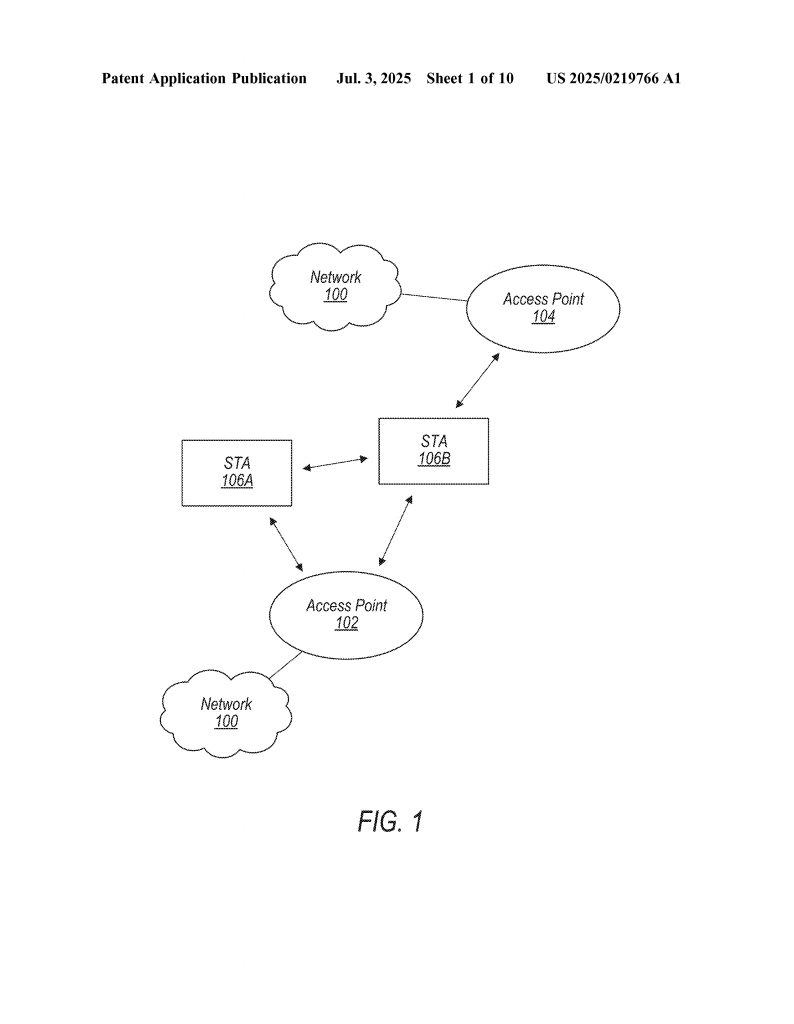
The prior art has made some progress, but there is still no perfect way for every device to get the exact information it needs, check it quickly, and act right away without waiting for the rest of the message. There is a need for a new solution that gives each device its own FCS, right where its information appears in the message. That is what this invention sets out to do.
Invention Description and Key Innovations
This patent introduces a simple but powerful change to how control messages are sent in Wi-Fi: instead of putting a single FCS at the end, it adds a special FCS for each user, placed right in the part of the message meant for that device. This is called a per-user frame check sequence or per-user FCS. Each device gets its own FCS, right next to the data it needs.
Here’s how it works. When an access point (AP) wants to send a control frame to several devices, it creates an initial control frame (ICF). The ICF contains a section for each device, called a user info field. Each user info field has the information for one device—like which channel to use, when to wake up, or what resources are assigned. For devices that need to act quickly—such as those needing to switch channels, wake up from sleep, or use special reliability features—the AP adds a per-user FCS right in that user’s info field.
The per-user FCS is calculated using all the information up to that point in the message, including the user info field itself. The AP can use a strong error-checking formula (called a generator polynomial), often of degree 32 or 16, to make sure errors are caught. Only part of the result (like 2 bytes from a 4-byte calculation) may be used, depending on how much space is available.
When the device receives the message, it reads its own user info field, checks the per-user FCS right there, and if the FCS is good, it can act immediately. For example, it can switch channels or wake up from sleep right away, without waiting for the rest of the message. This saves time and energy. Devices that do not need to act quickly or do not understand the new system (such as older devices) can still wait for the final FCS at the end, just like before.
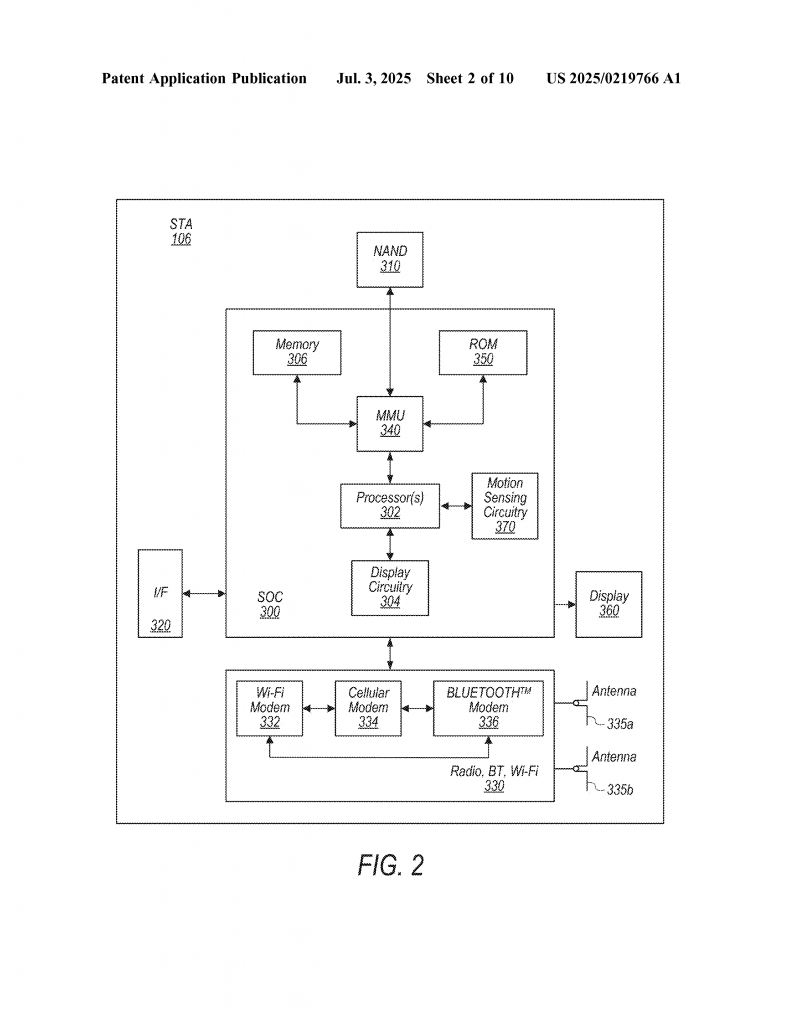
This approach offers several important benefits:
First, it lets each device act as soon as its information arrives, with no waiting. This is especially helpful for devices that need to switch channels or modes quickly, like ultra-reliable devices, those using new multi-link features, or those that turn off parts of their radio to save power.
Second, it reduces the need for padding—extra empty space added to messages to give devices time to act. Because devices can start acting sooner, messages can be shorter and the system can run more efficiently. This means more data can flow through the network, and devices can use less battery.
Third, it is flexible. The AP can choose which devices get per-user FCS fields, based on what each device needs. For example, only new, fast-acting devices may need them, while older or simpler devices can use the traditional FCS at the end.
Fourth, it is compatible with existing systems. Devices that do not understand per-user FCS fields can keep working as before. The new system does not break old devices.
The invention also allows for smart ordering of user info fields in the message. The AP can put the user info fields for the neediest devices first, so those devices get their information (and their FCS) as soon as possible. This helps meet strict timing needs for devices that must switch channels or modes very quickly.
There are even different ways to calculate the per-user FCS, so that the system can balance space, speed, and reliability as needed. For example, a shorter FCS (using a degree 16 formula) can save space, while a longer one (degree 32) gives more error protection.
This new method can be used in many types of control frames, including multi-user request-to-send (MU-RTS) frames, buffer status report polls, and more. The basic idea is simple but very powerful: give each device its own error check, right where it needs it, so it can act without delay.
The impact of this invention goes beyond just saving a few milliseconds. In large networks with many devices, every improvement in speed and efficiency adds up. Devices can wake up, switch channels, or change modes faster, saving energy and freeing up the network for more users. The network becomes more flexible and better able to support the wide mix of devices that make up today’s connected world.
Conclusion
Wi-Fi networks are always changing, with more devices, more needs, and higher demands every year. Old ways of doing things—like putting a single error check at the end of every control message—no longer fit the fast pace of modern wireless life. This invention, adding a per-user frame check sequence right in each device’s part of the message, is a simple but clever fix. It lets each device check its message and act right away, which saves time and energy, reduces waste, and keeps the network running smoothly for everyone.
By understanding and using this new approach, Wi-Fi makers and users can build networks that are ready for the future: faster, more reliable, and able to support every kind of device, from the simplest sensor to the most demanding drone or car. This is a small change with big results, and it shows how careful thinking and smart design can keep the world’s wireless networks strong and ready for what comes next.
Click here https://ppubs.uspto.gov/pubwebapp/ and search 20250219766.

